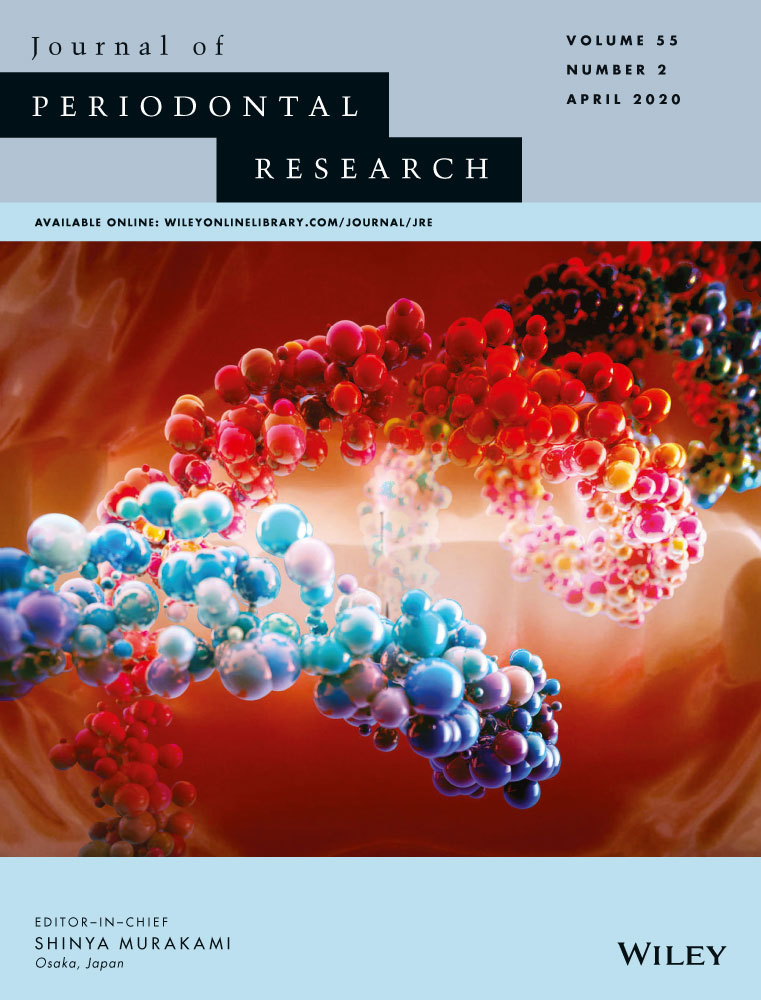Pyrosequencing of the subgingival microbiome in peri-implantitis after non-surgical mechanical debridement therapy
Abstract
Background and Objectives
Peri-implantitis remains a challenge for dental implant therapy, and the prognosis of non-surgical therapy for peri-implantitis is unsatisfactory. In order to reveal the impact of non-surgical mechanical debridement therapy on microbial communities, we investigated the subgingival microbial communities of healthy implants and implants with peri-implantitis, both before and after the therapy.
Material and Methods
Subgingival plaques were collected from patients with healthy dental implants (HC; n = 10) and from patients with peri-implantitis (n = 13) before and after non-surgical mechanical debridement therapy. The treatment was conducted using curettes for submucosal debridement followed by irrigation with 0.2% (w/v) chlorhexidine, with re-examination 1 month later. 16S rRNA pyrosequencing was used to analyze the subgingival microbiome, and co-occurrence networks were adopted to explore the interactions between pathogens in the microbial communities.
Results
A total of 506 955 high-quality reads were generated, and 2222 operational taxonomic units were finally detected using a 97% similarity cutoff, with a mean of 249 ± 69 per sample. The peri-implantitis sites harbored similar microbial communities before and after the treatment, as demonstrated by the microbial diversity, relative abundance, and prevalence of bacteria. Most importantly, the microbial community structures were stable before and after non-surgical therapy based on the microbial diversity and bacterial composition, as well as the interactions between key pathogens, including Enterobacteriaceae, Selenomonas sputigena, Parvimonas, Eubacterium infirmum, Campylobacter gracilis, Tannerella forsythia, and Fusobacterium, which were measured using a co-occurrence network analysis. Periodontal pathogens were also detected in subgingival plaque after the treatment. Distinct microbial communities were found between the healthy and peri-implantitis sites.
Conclusion
Our results demonstrate that non-surgical mechanical debridement therapy did not significantly affect the subgingival microbial communities in peri-implantitis, and the stable microbial networks created via interactions among pathogens may be responsible for the poor prognosis of peri-implantitis treatment.
CONFLICT OF INTEREST
The authors declare no conflict of interest.




